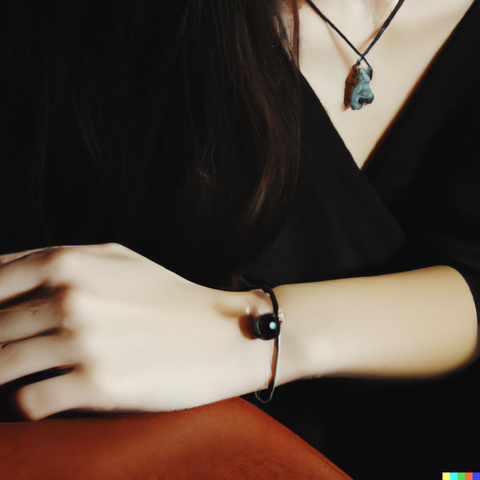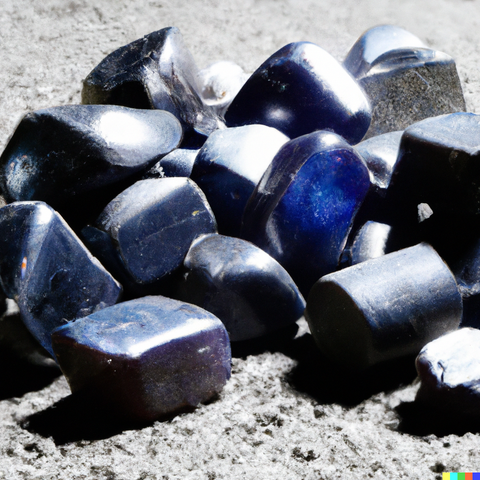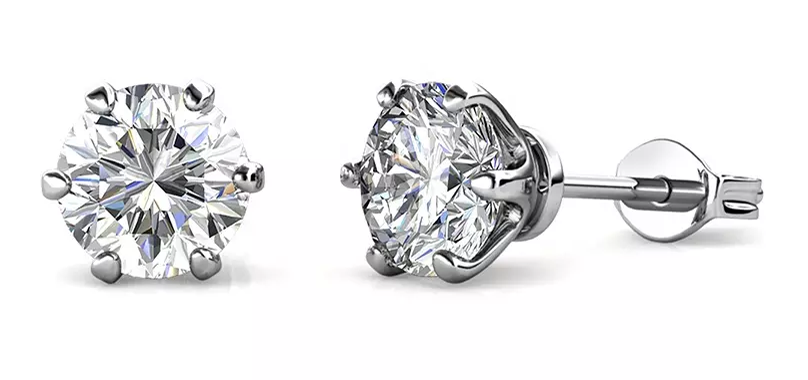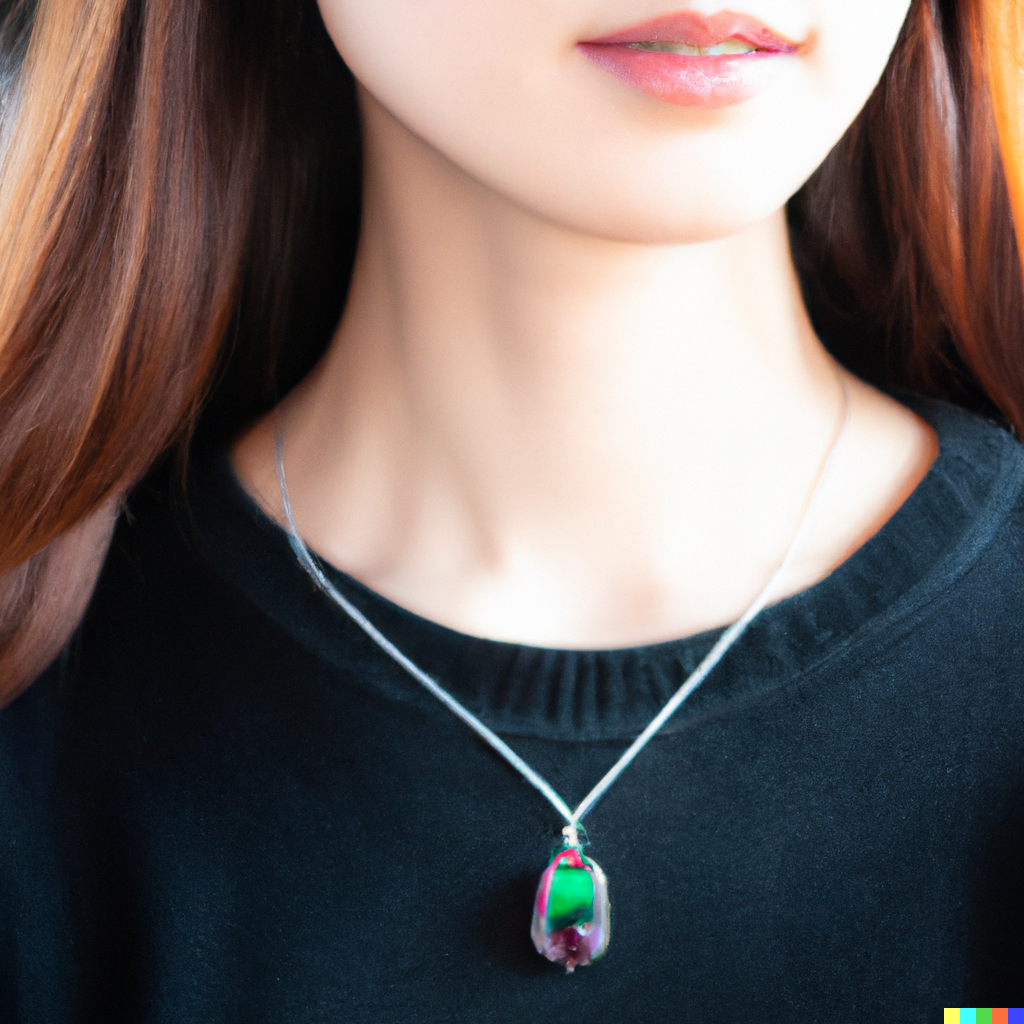Obsidian: Gemstone and Jewelry
Obsidian is a stunning gemstone that has been used for thousands of years in jewelry and artwork. The rich, dark colors and smooth, glassy texture make it a popular choice for those who want a bold, unique piece. In this article, we will delve into the world of obsidian, exploring its formation, properties, and most common uses.

Formation of Obsidian:
Obsidian is a naturally occurring volcanic glass formed when lava cools rapidly, preventing crystals from forming. This quick cooling process allows the molten rock to solidify into a glass-like substance. The speed at which the lava cools determines the texture of obsidian. When the lava cools quickly, the resulting obsidian is smooth and glassy. However, if the cooling process is slower, the obsidian can become more porous and less glossy.
Obsidian can come in a range of colors, including black, brown, green, and even blue. These colors can be attributed to different minerals present in the volcanic rock that formed the obsidian. For example, iron and magnesium can give the rock a greenish hue, while traces of calcium and potassium can result in a brown or black color.

Properties of Obsidian:
Obsidian is a volcanic glass with a unique set of physical properties. It is typically formed from lava that has a high silica content, giving it a high refractive index. This means that light travels through the material more slowly than it would through air, resulting in an optical phenomenon known as iridescence. When viewed from certain angles, obsidian can display a rainbow-like effect, making it a highly prized gemstone. In terms of hardness, obsidian is relatively low on the Mohs scale.
The scale measures a mineral's relative hardness by its ability to scratch other materials. Obsidian ranks at a 5 to 5.5 on the scale, making it more prone to scratching and chipping than harder gemstones like diamonds or sapphires. Its relatively low hardness also means that care must be taken when handling pieces of obsidian jewelry, as rough handling can cause damage.

Uses of Obsidian:
Obsidian has been used for thousands of years for a variety of purposes. Ancient civilizations in both North and South America created tools, arrowheads, and weapons from obsidian due to its sharpness and ease of shaping. The Aztecs in particular prized obsidian, using it to create ceremonial knives and mirrors. In modern times, obsidian is a popular choice for jewelry due to its unique properties. It is often used in statement pieces, such as pendants and earrings, as it can be cut into large, dramatic shapes.
Pieces of obsidian can also be carved into intricate shapes and designs due to its softness. Obsidian is also popular in the world of crystal healing and energy work. It is believed to have protective properties, shielding the wearer from negative energy and enhancing the aura. Additionally, obsidian is used in meditation practices as its reflective nature is said to aid in self-reflection and introspection.

Varieties of Obsidian:
There are several varieties of obsidian, each with unique characteristics.
- Mahogany Obsidian: Mahogany obsidian is a variety of obsidian with reddish-brown patches or stripes. These patches are caused by iron and magnesium in the volcanic rock that formed the obsidian. The deep, rich color of mahogany obsidian makes it a popular choice for statement pieces and necklaces.
- Snowflake Obsidian: Snowflake obsidian is a black or dark brown obsidian with white inclusions that resemble snowflakes. These inclusions are typically comprised of cristobalite, a form of quartz. Snowflake obsidian is often used in meditation and energy work due to its grounding and centering properties.
- Rainbow Obsidian: Rainbow obsidian is a special variety of obsidian that displays a rainbow-like iridescence when viewed from certain angles. The iridescence is caused by microscopic inclusions of magnetite or hematite within the obsidian. Rainbow obsidian is considered a powerful protective stone, shielding the wearer from negativity and enhancing inner strength.
- Black Obsidian: Black obsidian is the most common variety of obsidian, prized for its sleek, glassy appearance. It is often used in statement pieces due to its dramatic color and texture. Black obsidian is said to enhance spiritual growth and promote emotional healing.

Caring for Obsidian Jewelry:
Due to its relatively low hardness, obsidian jewelry requires careful handling and care. It should be stored separately from other jewelry to prevent scratching, and pieces should be wrapped in soft cloth when not being worn. It is also important to avoid exposing obsidian to harsh chemicals or extreme temperatures, as this can lead to cracking or discoloration.
Cleaning obsidian jewelry should be done with care. A soft, damp cloth can be used to gently wipe the surface, followed by a dry cloth to remove any moisture. Avoid using harsh chemicals or abrasive cleaners, as these can damage the surface of the gemstone.

Obsidian is a stunning gemstone with a long history of use in jewelry and art. Its unique properties, including its iridescence and softness, make it a popular choice for statement pieces and energy work. With its deep, dark colors and sleek texture, obsidian is sure to make a bold and memorable addition to any jewelry collection.






















Leave a comment